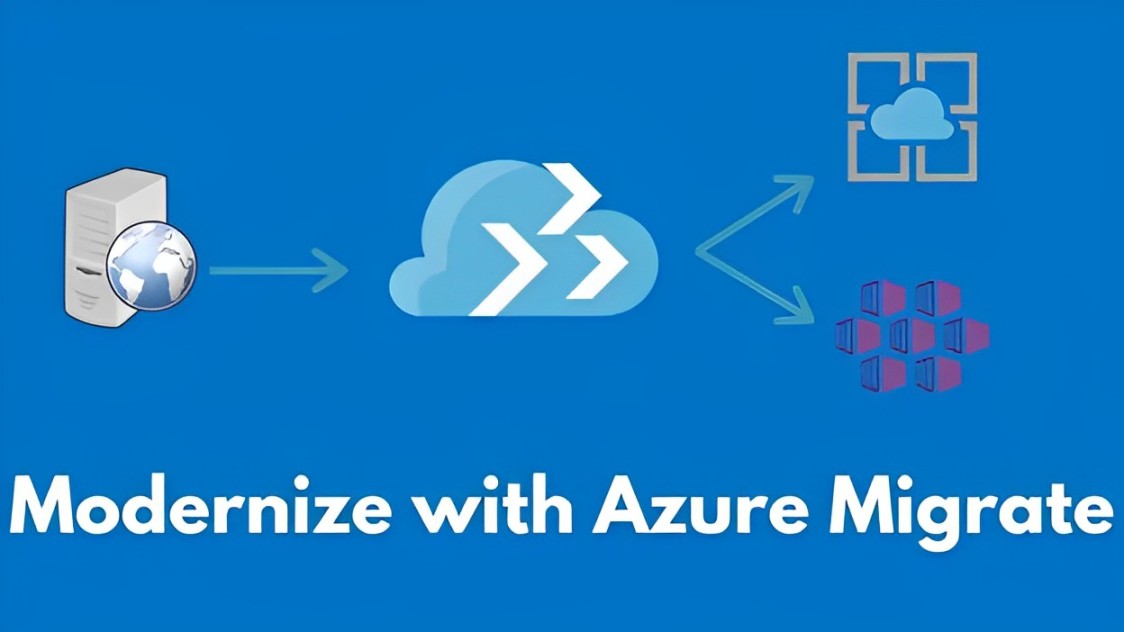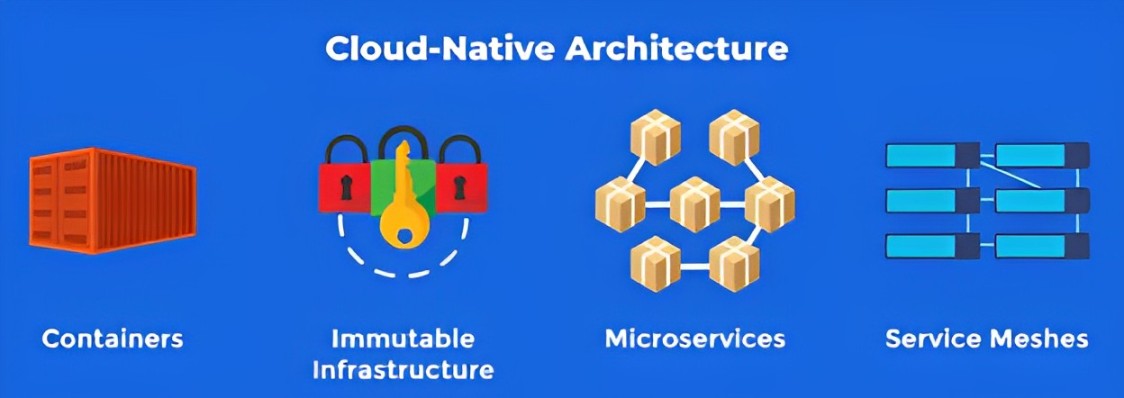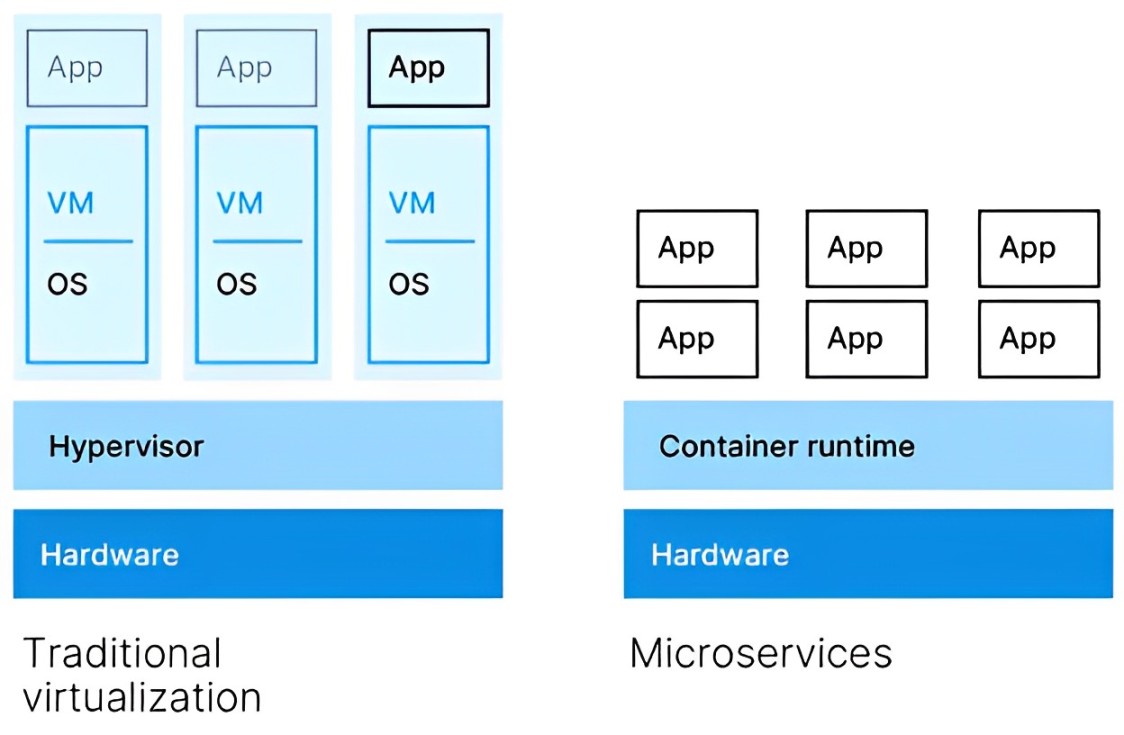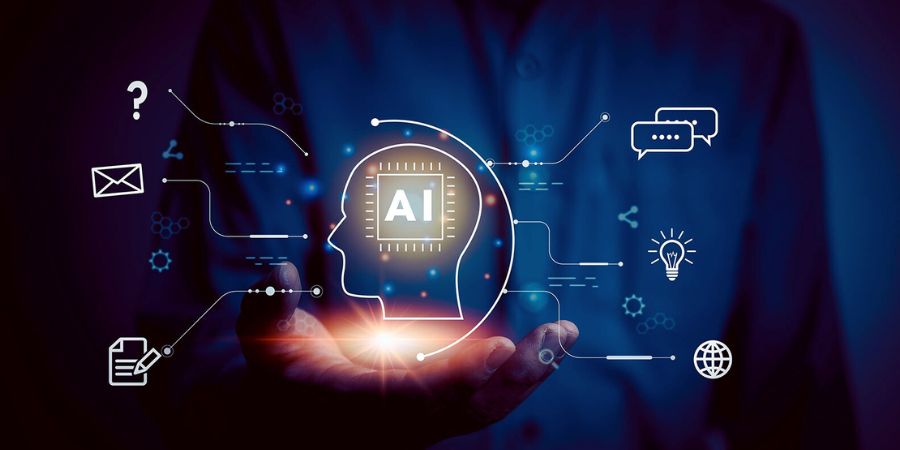Should you just move your apps as they are to virtual machines? Or is it better to re-architect and modernize them for the cloud?
What is lift and shift vs modernization using Azure?
The answer depends on your goals, timelines, and app characteristics.
Here, we’ll compare these two main approaches – lift and shift versus modernize – and provide guidance on picking the right Azure Cloud Migration Solutions.
Lift and Shift: IaaS App Migration in Record Time
Migrate as-is:
Apps are migrated unchanged to virtual machines (VMs) in Azure. The VMs effectively emulate on-prem hardware, providing a like-for-like migration.
Fast migration:
Since apps don’t need refactoring or re-platforming, migration can happen much faster compared to modernizing apps.
This is useful for organizations with tight timelines, such as if you need to get apps moved to the cloud in weeks or months.
Leverage existing skills:
With lift-and-shift, your developers can use the same tools and processes they are familiar with already.
There is no need to learn new cloud development skills and practices to migrate apps.
Avoid app downtime:
With proper planning and the use of techniques like replication, apps can stay online and accessible to users during the migration process. This prevents business disruption.
Flexible scale:
In Azure, VMs can be scaled up or down to provide more or less resources to meet changing demand. You only pay for the VM capacity you need.
Enhanced DR:
Native Azure features like Availability Zones and Region Pairs provide additional options for disaster recovery that are harder to achieve on-prem.
Lift and shift is a good option when:
- You have legacy apps that are too complex or risky to modernize. Lift and shift lets you migrate them as-is.
- Your apps have many complex dependencies that would require significant unraveling and re-architecting to modernize.
- You need to complete migrations quickly to meet pressing business timelines.
- You want to migrate apps without disrupting them and causing downtime. Keeping apps online throughout migration is vital.
- You want to get apps moved to the cloud rapidly to start realizing benefits, even if modernization comes later. Quick wins build confidence and momentum for further cloud adoption.
However, there are some downsides to keep in mind with lift and shift:
Increased cost:
In most cases, running workloads on IaaS like VMs costs more over the long term compared to using managed platform services. You miss out on cost optimizations.
Technical debt accrues:
Apps aren’t optimized for the cloud when migrated as-is. You incur more technical debt, making modernization harder later.
Extra management overhead:
Apps running on IaaS still require the same management, monitoring, and maintenance as running them on-prem.
The cloud doesn’t inherently reduce this hands-on workload.
Scalability limits remain:
Apps are still constrained by their original architectures meant for on-prem hardware. They can’t take advantage of cloud scaling.
Security gaps:
Traditional security models persist. Apps lack cloud-native controls and practices. There is an increased risk of breaches.
Deployment delays continue:
Taking VMs offline to deploy app updates causes the same disruptions as on-prem. No automation gains.
Finally, lift and shift gets apps to the cloud quickly, buying time to properly modernize later.
However, most organizations shouldn’t view it as the end state for their migrated apps due to the drawbacks.
Modernizing: Re-Architecting Apps for the Cloud

For organizations able to invest more upfront, modernizing apps unlocks the full benefits of the cloud. Here are some key aspects of modernization:
Cloud-native architecture:

Apps are refactored and re-architected using cloud design patterns to maximize scalability, availability, performance, and other qualities. Apps are built for the cloud.
Managed platform services:
Where possible, VMs are traded for managed platform services like App Service, Azure SQL, and PaaS options that remove overhead.
DevOps automation:
Automated CI/CD pipelines, infrastructure as code, and centralized logging among other practices are implemented for greater agility.
Microservices:
Monolithic apps are broken down into independently deployable Microservices that scale better.
Containerization:

Apps are packaged into containers using options like Docker to increase portability. Kubernetes is leveraged for container orchestration.
Serverless:
Serverless computing like Azure Functions replaces VM-bound apps to optimize costs and scale.
Data cloud migration:
On-prem databases are moved to fully managed, cloud-native storage services like Cosmos DB.
New app features:
Parts of apps like UIs or reports can be completely rebuilt to add new capabilities. AI services are integrated to add intelligence.
The benefits of lift-and-shift often include
Lower long-term costs:
Apps avoid bloated, overprovisioned VMs and instead leverage autoscaling platform services that drive efficiency.
Reduced overhead:
Managed platform services lower administrative and operations overhead compared to IaaS.
Increased innovation:
New cloud-native features boost app functionality in ways not possible with on-prem apps. Competitive advantage grows.
Improved scalability:
Cloud-native, Microservices-based apps scale out easily via autoscaling to meet spikes in demand.
Faster updates:
With CI/CD pipelines, updates can be deployed multiple times per day without downtime. Business agility increases.
Enhanced security:
Modern apps are designed for cloud-native security practices like zero trust. Risk exposure is lowered.
However, modernizing apps also requires
Cloud architecture skills:
Your team will need training or hiring to build out expertise in cloud-based application design. This takes time.
App rewrites:
In many cases, large parts of app code will need complete rewrites to become cloud-native. This demands significant developer effort.
Longer timelines:
End-to-end modernization efforts typically take many months or even years to complete. Quick migrations are not realistic.
Costs of re-platforming:
There are costs for data migration, Cloud testing services versions of apps, and addressing integration gaps that lift-and-shift avoids.
For these reasons, many organizations take an iterative, phased approach to modernizing apps over time rather than trying to transform them all at once. Quick wins help build momentum.
Key Factors in Choosing a Migration Strategy
Organizations don’t have to pick just one migration strategy. Often a mix of lift-and-shift and modernizing works best.
Consider these key factors when deciding on Azure Cloud Migration Solutions:
Timeline Requirements
Need to migrate quickly?
Lift-and-shift gets apps to Azure faster, minimizing changes. But modernizing may still be feasible for some newer apps built on cloud-friendly stacks.
Have time for a longer modernization project?
Modernizing unlocks the most cloud benefits but requires more upfront effort. With flexible timelines, you can realize the full benefits.
Application Characteristics
Is the app monolithic or tightly coupled?
These apps are harder to decompose into Microservices. Lift-and-shift minimizes risk for them.
Is the app already cloud-architected or using Microservices?
It’s a prime candidate for full modernization since cloud optimization is already part of its DNA.
Does the app use legacy languages like COBOL?
Lift-and-shift avoids risky, expensive rewrites. But newer Java or C# apps are modernization candidates.
Is the app built on cloud-native stacks?
Apps using containers, NoSQL databases, etc. can modernize faster for bigger gains.
Business Goals
Is agility and innovation the priority?
Modernizing apps unlocks new capabilities that support responding quickly to opportunities.
Is reducing data center costs the main driver?
Lift-and-shift cuts expenses much quicker, at least initially.
Do you want a future-proof architecture?
Modernizing results in apps aligned with long-term cloud principles.
Are you migrating a legacy system of record?
Lift-and-shift is the lowest risk for these foundational apps.
Cost Considerations
Do you have the budget for a major migration effort?
More budget allows more modernization upfront for long-term gains.
Is minimizing migration costs critical?
Lift-and-shift requires less upfront investment compared to modernizing.
Can you invest in iterative re-platforming over time?
Spreading modernization over the year smooths costs while increasing benefits.
Internal Skills
Do you have strong cloud architecture skills already?
Take advantage of this experience to modernize apps using best practices.
Is your team new to the cloud?
Lift-and-shift lets you migrate apps without deep cloud expertise.
Are you willing to train and hire cloud talent?
Funding skilling and staffing unlocks more modernization capabilities internally.
Migration Tools
Microsoft provides various tools to assess on-prem environments and make recommendations on migrating apps to Azure:
Azure Migrate:
Gives guidance on sizing Azure VMs and PaaS services as part of migration planning based on data collected from on-prem VMs and apps.
Cloud Adoption Framework:
Provides proven methodologies, best practices, and tools for developing an effective cloud migration and modernization strategy.
Azure App Assessment:
Analyzes and generates reports on web apps to determine readiness for migrating to Azure App Service or containers. Makes modernization recommendations.
The key is to use the right tools for your environment to determine the best path – lift, shift, modernize, or blend.
With a data-driven analysis of your apps and infrastructure, you can craft a migration approach that sets you up for the most cloud success.
Hybrid Migration Strategies

Many organizations find the best approach is a hybrid migration strategy combining lift-and-shift elements and modernizing based on app characteristics. Some key aspects of hybrid migration:
Leverage both IaaS and PaaS: Lift-and-shift IaaS hosts legacy apps while new apps use PaaS for cloud-native build.
Modernize over time: Apps are gradually refactored for the cloud in incremental phases based on business value.
Build new cloud-native apps: Rather than modernize every legacy app, focus on developing new innovative apps designed for the cloud.
Utilize containers: Containerize lift-and-shift apps to gain portability for later modernization.
Maintain data gravity: If needed, keep some data on-prem while migrating processing to the cloud. Reduce data migration costs.
Keep legacy and new technology separate: Don’t tightly couple old lifted apps and new cloud-native apps to limit constraints.
Leverage cloud data services: Use AWS cloud analytics, databases, and AI from both modern and lift-and-shift workloads for insights.
Unblock legacy dependencies: API facades and orchestration can connect legacy apps to modern interfaces and services.
Hybrid strategies balance business needs with practical considerations.
Quick lift-and-shift migrations deliver value fast while modernization initiatives drive long-term innovation and agility.
By blending approaches, risks are mitigated while still realizing cloud benefits.
Governance Considerations for Cloud Migrations
As organizations migrate apps to the cloud, they also need to evaluate governance practices and update policies to address new cloud models and risks:
Cost monitoring: New tooling tracks cloud spending against budgets. Alert excessive consumption.
Access controls: Update identity policies to secure cloud access without hampering productivity.
Regulatory compliance: Understand obligations for data like HIPAA and GDPR in the cloud. Adjust controls to maintain compliance.
Data security: Classify data sensitivity and apply protective measures like encryption. Prevent unauthorized exposure.
Infrastructure hardening: Use templates and automation to ensure cloud resources adhere to security standards. Check for drift.
Network segmentation: Placing legacy migrated apps in separate virtual networks from new cloud workloads improves isolation.
Business continuity: Test failover across regions. Apply redundancy best practices for high uptime. Plan for cloud outages.
Audit trail: Log activity in the cloud to trace actions and changes. Integrate with monitoring tools.
Updating governance for the cloud is key to risk management.
The major public clouds offer robust governance capabilities – take advantage by designing controls appropriate to your apps and data.
Migrations present an opportunity to improve security, compliance, and business continuity through cloud best practices.
Adopting the cloud requires rethinking aspects of management and operations.
Use it as a catalyst for improving governance based on data classification, automated policy enforcement, and cloud-native models.
Migrating apps to the cloud should not be seen as a one-time project with a defined end date.
To keep gaining cloud benefits over time, organizations need to iterate on their apps – continuously optimizing the initial migrations, filling gaps with new capabilities, and progressing modernization in phases.
As you plan your own Azure migration journey, do lift-and-shift and modernization both have a place?
What lessons have you learned from past migration efforts that help guide your cloud strategy?
Please share your thoughts below!



